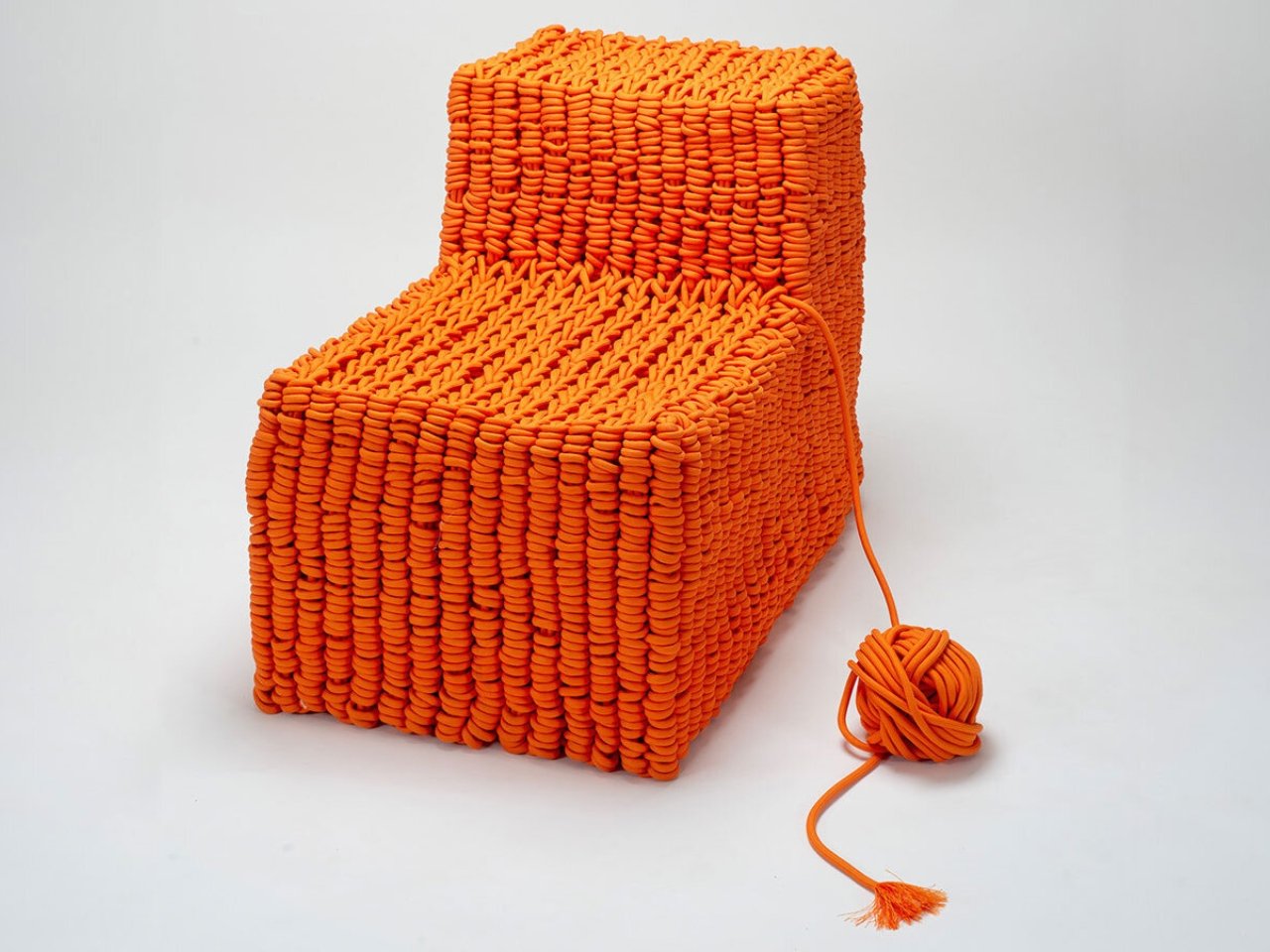Forget static silhouettes and predictable forms. Kryss, a Swedish company, is shaking up the furniture landscape with their captivating “Entwined Objects” series. This collection isn’t just about seating or storage; it’s a dynamic exploration of material, form, and the very essence of adaptability, all beautifully realized through the humble yet resilient medium of reclaimed climbing rope. Imagine furniture that can redefine itself, shifting and molding to your needs and desires but also steady enough to hold various weights. By ingeniously weaving and knotting discarded climbing ropes, they’ve crafted self-supporting structures that possess an almost organic fluidity. These aren’t your grandma’s stiff armchairs; they’re pieces that seem to breathe, their forms evolving depending on how they’re interacted with.
Designer: Svea Tissel
Utilizing the Multiweave technique, these designs emphasize sustainability, material efficiency, and functional adaptability. Originally developed by Estonian textile artist Kadi Pajupuu, this is a three-dimensional weaving technique that enables rope to form rigid, freestanding structures without additional framing. The process begins with a single rope, sourced from reclaimed climbing materials or surplus shoelace production, creating a mono-material construction that remains fully recyclable. At the end of its lifecycle, the structure can be undone by simply untying the finishing knot, allowing the rope to be repurposed. A specialized weaving tool supports this process, consisting of a platform with 345 conduits that guide the rope into position. Once weaving is complete, the conduits are removed, leaving a rigid, freestanding form. The tool itself is reusable, allowing for consistent and scalable production.
The beauty lies not only in the innovative construction but also in the conscious choice of material. Reclaimed climbing rope, often destined for landfills after its rigorous life in the vertical world, is given a vibrant second act. Each strand carries a history, a story of ascents and descents, now woven into the fabric of functional art. This upcycling approach adds a layer of depth and sustainability to the collection, resonating with a growing desire for eco-conscious design. Take, for instance, the pieces highlighted in the recent reveal – the self-supporting forms that appear to defy gravity. The intricate network of knotted ropes creates a visual tapestry, where negative space becomes just as important as the material itself. Light dances through the interwoven strands, casting intriguing shadows and highlighting the tactile nature of the rope. You can almost feel the grip and texture of the material just by looking at it.
And then there’s the “shape-shifting” aspect. While not transforming on their own, the inherent flexibility of the knotted rope allows these pieces to adapt. A gentle push here, a slight adjustment there, and the form can subtly change, offering different levels of support or a new visual aesthetic. This interactive quality invites engagement, making the furniture feel less like a static object and more like a responsive companion in your living space. The “Entwined Objects” series, as seen in the work of Svea Tisell who seems to be exploring similar entwined concepts, speaks to a broader trend in design – a move towards more fluid, adaptable, and sustainable solutions. Kryss isn’t just creating furniture; they’re crafting experiences. Their pieces spark curiosity, inviting us to reconsider our relationship with the objects that inhabit our daily lives.
The post Reclaimed climbing rope used in shape-shifting furniture through multiweave method first appeared on Yanko Design.

